-

Will the Effort to Reach Zero Emissions Go Nuclear?
On December 8, 1953 President Dwight D. Eisenhower addressed the 470th Plenary Meeting of the United Nations General Assembly. The speech he delivered is often recognized as his effort to introduce “Atoms for Peace”, a program to move nuclear fission and technology away from weapons development and into clean energy.As a result of that effort and program, the NS Savannah was built and delivered as the first nuclear-powered merchant ship.
-
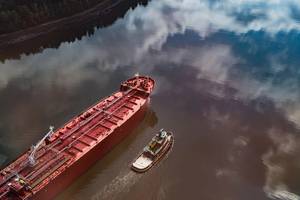
Propulsion Decisions or Smoke on The Water?
In no uncertain terms, the goal of “future capable” ship’s propulsion is confusing. We have been pressed into a regulatory environment that asks us to reduce emissions, and in the same breath deliver power sufficient to meet commercial schedules and allow the vessel to weather a storm and be safe at sea. To reach that end, owners are presented with a basket of new alternative fuels to achieve the latest January 1, 2023 Carbon Intensity Indicator (CII) regulations.
-
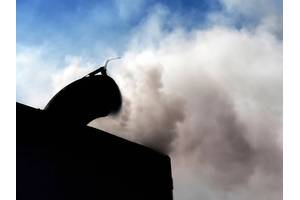
Moving Forward with Emissions - Is it Tiers, Tears or Fears?
As International Maritime Organization (IMO) and U.S. Environmental Protection Agency (EPA) emissions requirements continue throughout the IMO Emission Control Areas (ECA), they are also forcing postponement of many new construction decisions as vessel owners and operators continue to tread cautiously along the path forward. The Marpol Annex VI program looked to correct emissions requirements while working with petroleum fuels.
-
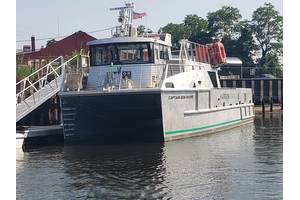
Will Customers Redefine Design and the Science of Marine Propulsion?
It is “pre-COVID ” April of 2018, and 174 member states of IMO adopt a new strategy to reduce greenhouse gases from shipping. The meetings are considered “urgent” and the target is to reduce carbon emissions in half by 2050. Prior to those “targets” shipping dealt with regulations to address SOx and NOx reductions. Most of which have resulted in limited success due to infrastructure problems and a consideration as a temporary fix.The technical world has responded with low sulfur fuels…
-
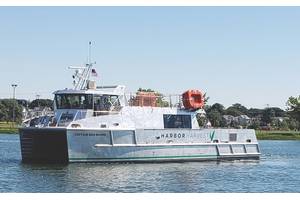
Rewrite the Rules: The Path to Zero Emissions
With social media updates and conference agendas addressing the subjects of climate change, emissions reductions and alternative fuels, it’s a wonder we are not climbing the Himalayans in search of the Jedi Master that will provide us with the magic potion. Yoda’s blessing with a calming breath, “You have chosen wisely.”Government emissions intervention started with a move to reduce energy and fuel consumption measured in greenhouse gas (GHG)…
-
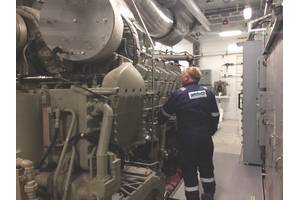
Emissions Regulations: 'It's Not Easy Being Green'
Nor is it getting any easier to understand when, how and why to comply. Whether your marine operation is a major corporation or a family “mom and pop” company, the type of fuel you now burn or for that matter what emanates from your stack each day after the burn has now become a major source of confusion. As Kermit the Frog once said, we will now know what its like to be green. Some believe the discussion is a new subject. It is not.
-
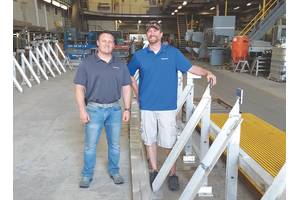
The Strong and Silent Type
Mapping and shaping the growth of marine hybrid means many things to different stakeholders. The journey leads us all to the same place. If you follow the advancements in automotive design, the term or tag “hybrid” has come to define the alternative energy movement on our roads and highways. HEV autos have moved past Ford and GM in Detroit and into the hands of contemporary entrepreneurs and inventors the likes of Tesla’s Evan Musk or Dr. Victor Wouk.
-
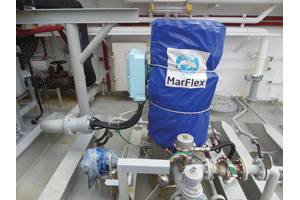
Marine Noise Emissions: Is it Your Next Regulatory and Environmental Hurdle?
A different kind of emission in the compliance spotlight – above and below decks. The International Maritime Organization (IMO) Sub-Committee on Ship Design and Equipment during its 2012, 56th session submitted a draft revised code on noise levels onboard ships. The code set out mandatory noise level limits for machinery spaces, control rooms, workshops, cargo blocks and accommodation spaces in an effort to address health and safety issues on board ships, ATB’s and/or tugboats.
-
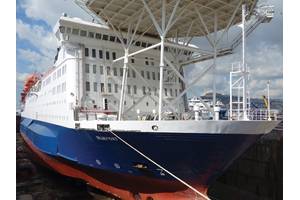
Converting for the Oil Market
Deepwater Offshore Presents New Opportunities for Accommodation Vessels. The U.S. Gulf of Mexico, offshore Brazil and West Africa have recently been tagged as the “Golden Triangle” of deepwater oil exploration. An interesting label, considering a triangular definition of success, prosperity and influence was last associated with Southeast Asia’s opium and heroin trade. But, oil can (perhaps) be described as industry’s opiate and with that said…
-
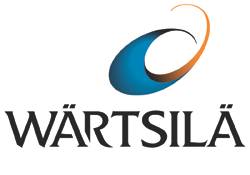
Alternative Fuel: Defrosting LNG
As Cargo, Fuel or both; LNG is emerging as the clear and clean way forward for the maritime industry. The use of LNG as a marine fuel is not new. Vessels trading cryogenic LNG have burned boil-off natural gas in steam boilers for many years as a simple solution to maintaining necessary temperatures and pressures within cargo spaces. The use of the fuel varied according to the size of the ship and a boil off rate ranging between 0.10 to 0.18 percent of the total cargo.
-
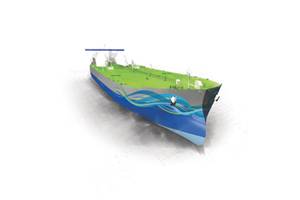
LNG Gains Traction as Alternative Fuel
As Cargo, Fuel or both; LNG is emerging as the clear and clean way forward for the maritime industry. The use of LNG as a marine fuel is not new. Vessels trading cryogenic LNG have burned boil-off natural gas in steam boilers for many years as a simple solution to maintaining necessary temperatures and pressures within cargo spaces. The use of the fuel varied according to the size of the ship and a boil off rate ranging between 0.10 to 0.18 percent of the total cargo.
Search Maritime Propulsion Jobs


